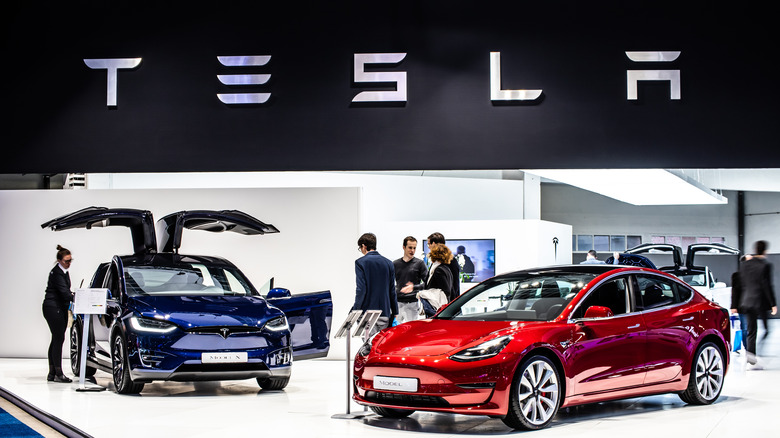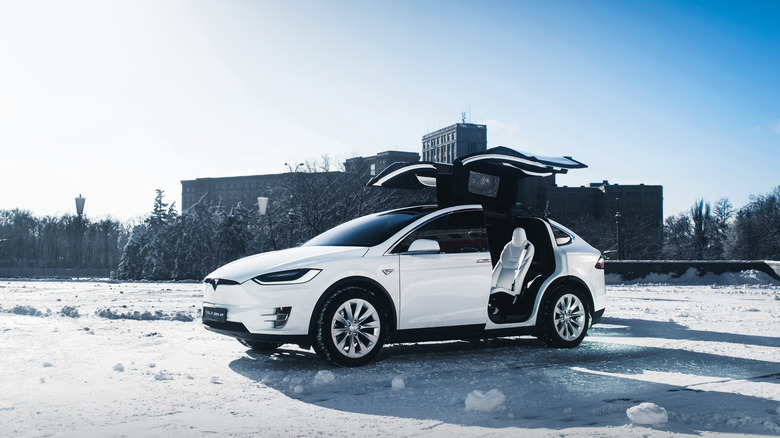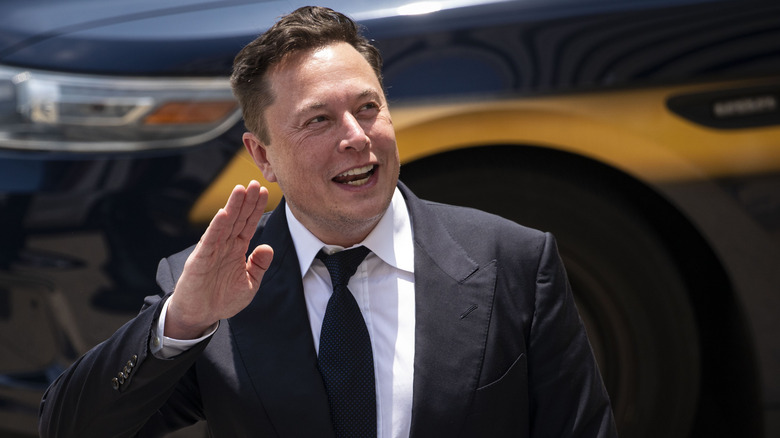Elon Musk Just Made Every Tesla More Expensive: Here Are All The Changes
Tesla's electric vehicles were never really budget-friendly and they've just gotten more expensive. Elon Musk's EV company has raised the prices of its entire lineup of cars by up to 10%; some of these price increases amount to thousands of dollars, so the difference is pretty huge. Neither Musk nor company representatives have commented on the unexpected price hike, but it's plain as day, all visible on Tesla's website. Why did Tesla increase the prices, and how much more will you have to spend now to get your hands on the iconic EV?
Tesla vehicles already vary wildly when it comes to pricing; the least-expensive car in the lineup is the Model 3 Rear-Wheel Drive, previously priced at around $45,000. The prices go up dramatically when you reach for one of the top-shelf cars, such as the Model S Dual Motor, previously $95,000, or the most expensive vehicle in the lineup: the Model S Tri Motor, previously $126,000. Strangely enough, the Model S Tri Motor has now been dethroned as Tesla's priciest, falling down to second place after the price change.
After the price changes, the most expensive Tesla is going to be the Model X Tri Motor, having received a $12,500 increase. The car, previously priced at $126,490, now goes for $138,990. The Model S Tri Motor, on the other hand, used to cost $129,990, but now, it's $135,990, indicating a $6,000-increase.
The prices are on a steady rise
As mentioned, these changes affect the entire lineup, and each vehicle costs at least a few thousand dollars more. No one buys Tesla's because they're cheap, so this likely won't put off too many potential customers, but it's impossible to deny that these price changes are noticeable. Let's take a look at the prices now versus a week ago, taken from Tesla's website:
-
Model 3 Rear-Wheel Drive went up from $44,990 to $46,990
-
Model 3 Long Range used to cost $51,990, now $54,490
-
Model 3 Performance was $58,990, now $61,990
-
Model Y Long Range was $59,990, increased to $62,990
-
Model Y Performance was priced at $64,990, upped to $67,990
-
Model S Dual Motor brings us into the big leagues, with a previous price of $94,990, now $99,990
-
Model X Dual Motor used to cost $104,990, now $114,990
-
Model S Tri Motor was $129,990, now it's $135,990
-
Model X Tri Motor is the most expensive, going up from $126,490 to $138,990.
The price increase affects the markets in China and the United States, but it's possible that we may see the prices ramping up globally, too. Perhaps the most surprising thing of all is the fact that this is the second increase for Tesla in a matter of days. On March 9, the long-range versions of Tesla Model 3 and Model Y got more expensive on the U.S. market. Fortunately, this wasn't a large increase — only $1,000 each. On the other hand, the prices for the Model Y Long Range have been on a steady rise over the course of 2021, adding up to a total of $10,000. Prices are increasing for other Tesla vehicles that are also affected, with features such as FSD ending up much more expensive than expected.
Why is Elon Musk raising Tesla prices?
Elon Musk's tweet from March 14 gives us some insight into why the prices of Tesla's EVs are going up. "Tesla & SpaceX are seeing significant recent inflation pressure in raw materials & logistics," Musk said. "And we are not alone," he added, linking a Financial Times article that outlines the ongoing increases in commodity prices. Of course, this is all tied to the ongoing Russian invasion of Ukraine. As Russia is rapidly being cut off from various trades, services, and government agreements, exporting goods from the country is becoming more and more difficult. Many companies choose not to do so even if they are still able to. As a result, the cost of material used to produce countless products, Tesla vehicles included, is rising.
Although Elon Musk hasn't said this outright, it's very likely that Tesla's price hike is tied to the fact that procuring required material is harder than ever before. Inflation in the U.S. is also on the rise, up 7.9% just this year. As a result, we may start seeing price hikes across the board.


